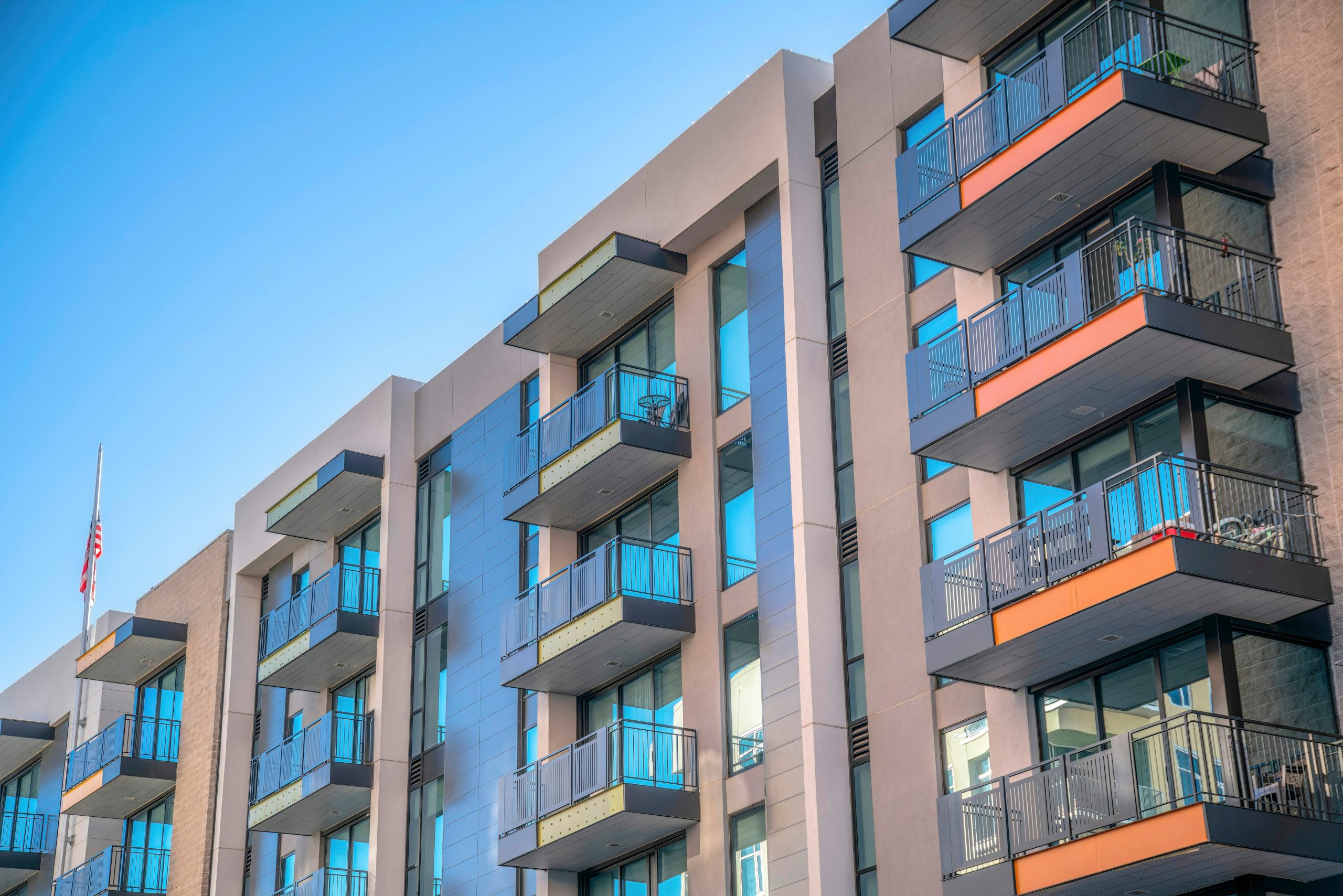
S2760/A4384 Legislation Structural Integrity ReportLegislation ensuring that New Jersey’s homes adhere to the highest structural standards |
|
Understanding S2760/A4384 Legislation: In January 2024, the State of New Jersey adopted the S2760/A4384 Legislation, which is designed to put in place appropriate procedures for inspecting, evaluating, and maintaining the structural integrity of certain residential housing structures within this State. The legislation mandates that specific Common Interest Community (CIC) structures undergo inspection and evaluation by a structural inspector licensed in New Jersey, during the pre-construction, construction, and post-construction stages of the buildings. It also ensures that Associations/Owners have sufficient reserve funds on hand to carry out necessary maintenance repairs to the building components and shared spaces. |  |
|
As stipulated in the legislation, its provisions are applicable to any residential building that is categorized as use group R-1 or use group R-2, and has a primary load-bearing system made of concrete, masonry, steel, or a hybrid structure. This includes, but is not limited to, heavy timber and buildings with podium decks. |
|
New & Existing Building Initial Structural Inspection Requirements:
In addition to structural integrity the S2760/A4384 legislature specifies requirements for capital reserve studies for buildings. This proposal does not includes performing a capital reserve study but If requested, O&S can provide a separate proposal. |
|
The Invaluable Role of Engineers and Architects in Inspections: Engaging the expertise of engineers and architects is integral to the successful implementation of the S2760/A4384 legislation. These professionals bring a unique skill set to the table, combining technical prowess with a keen understanding of architectural design principles. Their roles in the inspection process are multifaceted and include: |  |
The S2760/A4384 study will assess the condition of the following components and systems to detect any structural distress of the building including, but not limited to:
|
|
Read more about the legislation here:
https://nj.gov/governor/news/news/562024/approved/20240108k.shtml
Read more about the S2760 Legislation on our website: HERE Learn about how an engineer can inspect your building: HERE |  |